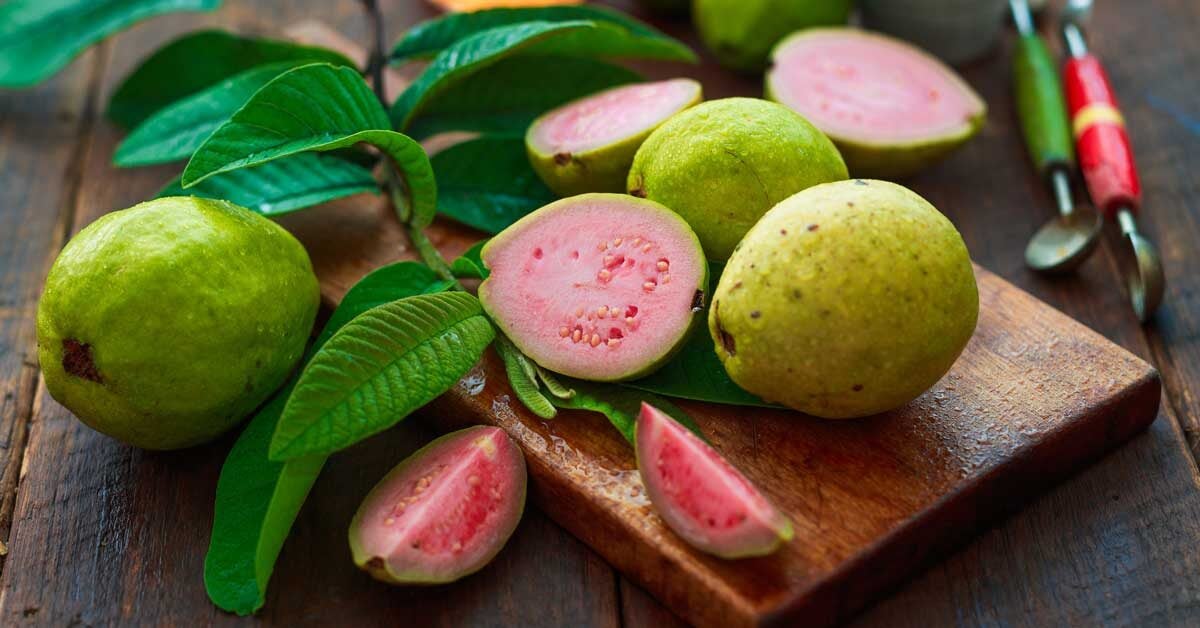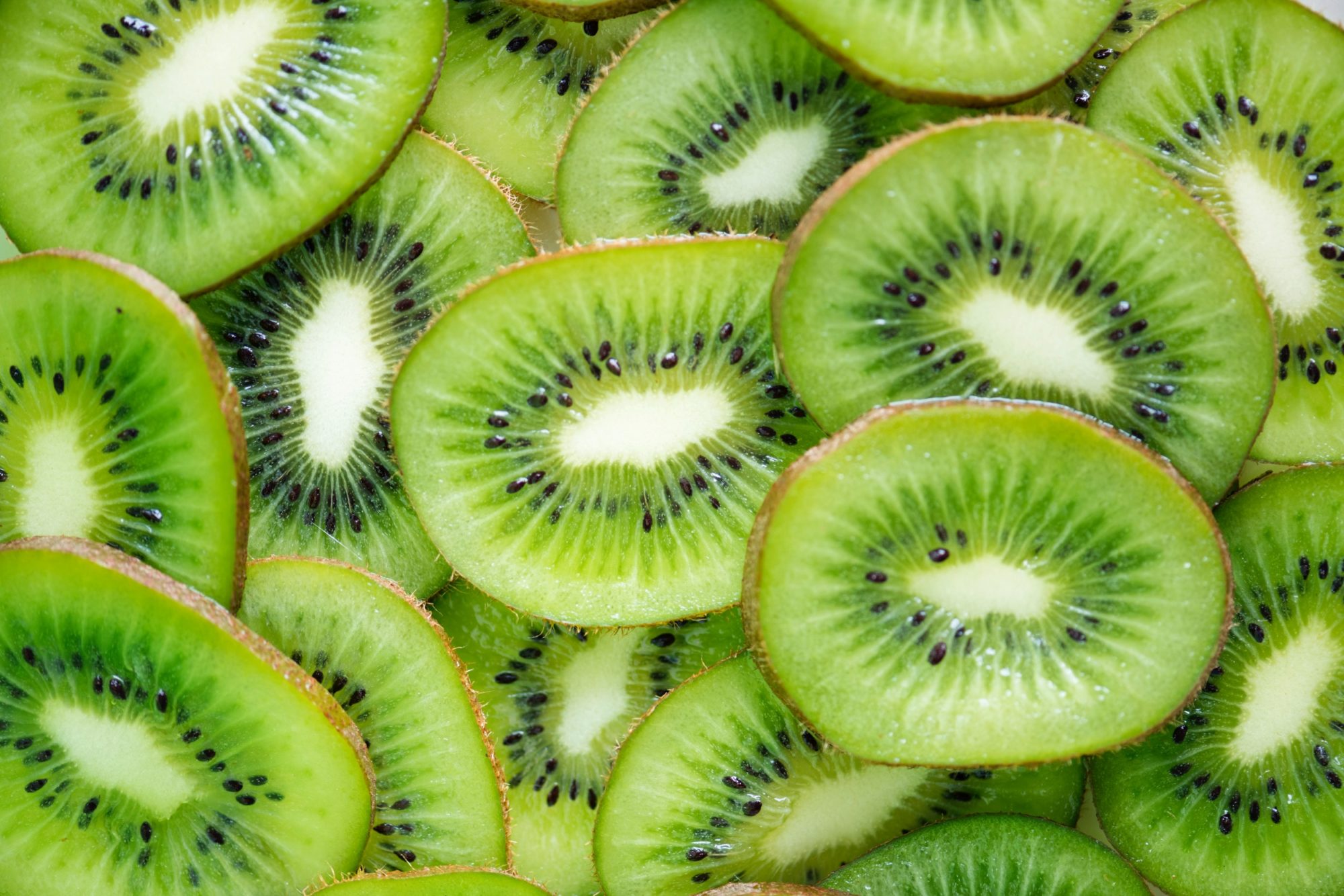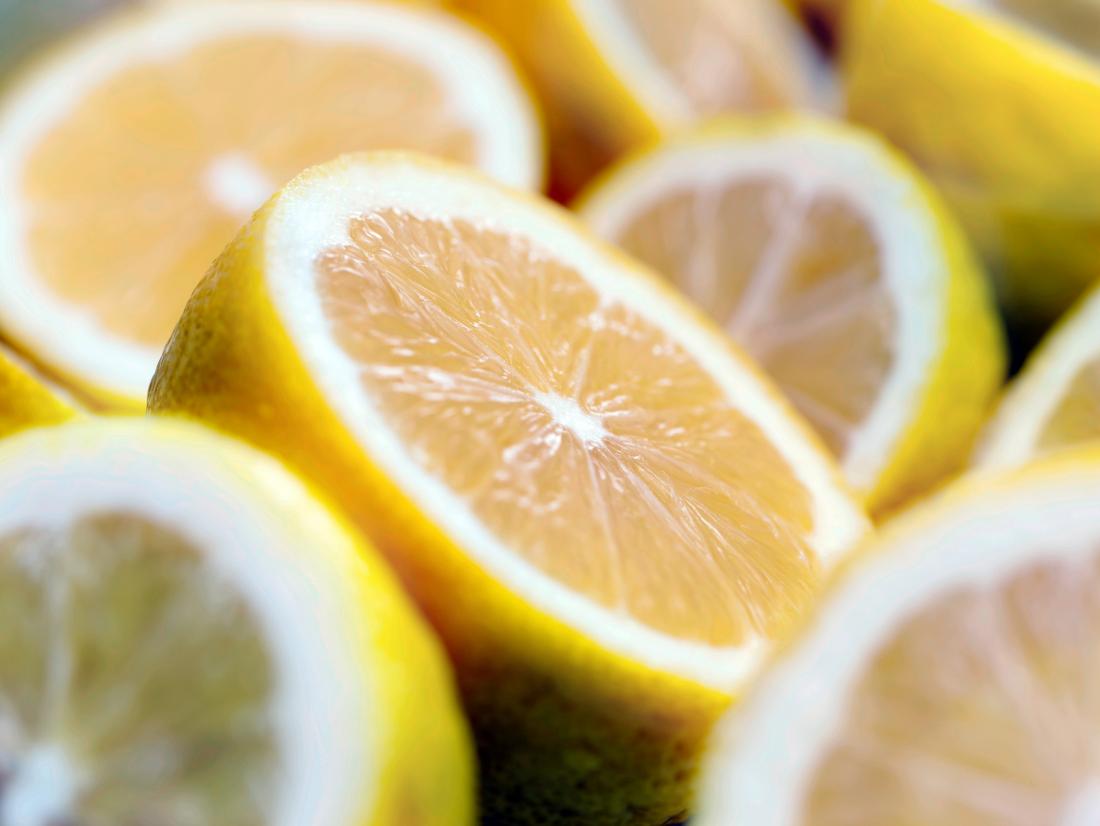Foods that are high in vitamin C
By Devanshi Thakkar
The human body cannot produce or store vitamin C. Therefore, it’s essential to consume it regularly in sufficient amounts.
The current daily value (DV) for vitamin C is 90 mg.
Deficiency symptoms include bleeding gums, frequent bruising and infections, poor wound healing, anemia and scurvy.
Here are the foods that are high in vitamin C.
Guavas

This pink-fleshed tropical fruit is native to Mexico and South America.
A single guava contains 126 mg of vitamin C, or 140% of the DV. It’s particularly rich in the antioxidant lycopene.
A six-week study involving 45 young, healthy people found that eating 400 grams of peeled guava per day, or around 7 pieces of this fruit, significantly lowered their blood pressure and total cholesterol levels
Kiwis
One medium kiwi packs 71 mg of vitamin C, or 79% of the DV.
Studies have shown that the vitamin-C-rich kiwifruit may help reduce oxidative stress, lower cholesterol and improve immunity.
A study in 30 healthy people aged 20–51 found that eating 2–3 kiwis every day for 28 days reduced blood platelet stickiness by 18% and lowered triglycerides by 15%. This may reduce the risk of blood clots and stroke.

Another study in 14 men with vitamin C deficiency found that eating two kiwis daily for four weeks increased white blood cell activity by 20%. Blood levels of vitamin C normalized after just one week, having increased by 304%
Chili peppers
A half-cup of chopped or diced chili peppers delivers 107.8 mg of vitamin C. Plus, researchers from the University of Buffalo found that capsaicin, the compound that makes chili peppers hot, may help relieve joint and muscle pain.

Red bell pepper
A cup of chopped red bell pepper contains nearly three times more vitamin C than an orange—190 mg. Red peppers are also a great source of vitamin A, which promotes eye health.

Papaya
Research shows that eating papaya can help clear your sinuses, brighten your skin, and strengthen your bones. A one-cup serving delivers 88.3 mg of vitamin C.

Lemons
Lemons were given to sailors during the 1700s to prevent scurvy. One whole raw lemon, including its peel, provides 83 mg of vitamin C, or 92% of the DV.

The vitamin C in lemon juice also acts as an antioxidant.
When fruits and vegetables are cut, the enzyme polyphenol oxidase is exposed to oxygen. This triggers oxidation and turns the food brown. Applying lemon juice to the exposed surfaces acts as a barrier, preventing the browning process.
Oranges
One medium-sized orange provides 70 mg of vitamin C, which is 78% of the DV. Widely eaten, oranges make up a significant portion of dietary vitamin C intake.

Other citrus fruits can also help you meet your vitamin C needs. For example, half a grapefruit contains 44 mg or 73% of the DV, a mandarin 24 mg or 39% of the DV and the juice of one lime 13 mg or 22% of the DV.
Mango
Taste the tropics for a 122.3 mg boost of vitamin C. Mango is also a great source of vitamin A, which like vitamin C plays a key role in immunity and additionally keeps your eyes healthy.

Vitamin C is one of the safest and most effective nutrients, experts say. Though it may not be the cure for the common cold, the benefits of vitamin C may include protection against immune system deficiencies, cardiovascular disease, prenatal health problems, eye disease, and even skin wrinkling.
